Beach Cycle: Timelapsing on the French Riviera
I was in France this past July on vacation, and of course, my T2i/550D came with me. I recently purchased my first intervalometer and thought it was a great chance to give timelapsing a first shot.
I’m quite happy with the results, considering it’s my first time trying a timelapse with this camera and this intervalometer.
The intervalometer is quite cheap and I think there is no reason to buy the original Canon if the knock-off is quite as good (also in quality). A great intervalometer for the T2i is also available on Amazon.de, I used this one before.
- T2i/550D overlooking the beach from the caravan’s roof
- T2i/550D on roof of caravan
- The greatest camping space for a caravan EVER
- I’m enjoying the thin air up there 🙂
And now enjoy “Beach Cycle”, looking forward to your feedback!
Music is from the album “Handmade” by Manu Delago, a great friend of mine and an extremely talented musician and composer. Support his work by purchasing his music on Amazon or iTunes:

“Handmade” on Amazon.co.uk
“Handmade” on Amazon.de
-
Very cool. I’m looking into the same Intervalometer. What is the workflow that works best for you? I’m familiar with the QT7/FCP one but i’m trying to figure out if the same can be done in PPro. Did you use RAW files? Thanks!
-
Awesome job..I have same intervalometer and camera !!
I especially loved the light to dark and dark to light shots..What mode did you have camera in ?. manual? Aperature priority?.
What was your interval settings..
looks great !!
Thanks for sharing
-
nice! how’d you get the stars to show up @ night? increase the shutter to 30″? what were your night settings?
-
The moving stars really render the feeling of rotating earth, amazing! Reminds me of a similar plan in Godfrey Reggio’s movie “Koyaanisqatsi”.
Nice study of the intervalometer. Cheers! -
When the clouds set in the imagery is simply amazing. This just comes to show how DSLRs, and the T2i is fantastic at low light.
-
I liked it. But it was really too bad there was that fence in the shot, because it’s one of the finest…
Nice job.
-
Hi Nino! How are you?
Congrats man for your beatiful time lapse!!!! I’m from Brazil and work with cinema too! Are you have facebook for we keep contact? I can show my films to you too if you want!
Where are you from? I’ll move to L.A in december!!!
Bye!
-
POETRY…PURE POETRY
This little film made me very happy…thank you very much
-
Hi Nino,
ich habe eine generelle Frage zu deinen bisher veröffentlichten Videos: mit welchem Programm exportierst du dein Filmmaterial für das Hochladen auf fb? Welchen Codec und welche Einstellungen wählst du?
Deine Videos haben auf fb und Vimeo eine sehr gute Qualität. Bei Testvideos, dich ich hochgeladen habe, taucht vorallem im Himmel starke Artefaktbildung auf. Ich habe verschiedene Varianten gewählt, Export als H264 direkt aus Premiere, mit verschiedenen Codec-Einstellungen, oder Export als uncompressed und dann Processing und Export mittels Streamclip. Ich muss aber dazu sagen, dass ich eine Consumer-Cam mit AVHCD verwende …
Wäre froh um ein paar Tipps zu diesem Thema!
Danke
-
Write more, thats all I have to say. Literally, it seems as
though you relied on the video to make your point. You obviously
know what youre talking about, why throw away your intelligence on
just posting videos to your weblog when you could be giving us
something informative to read?

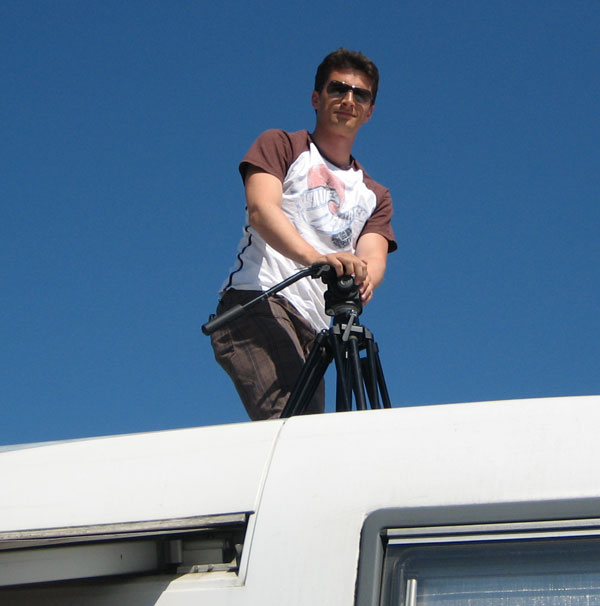
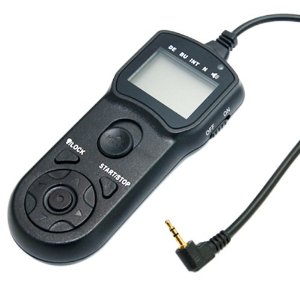
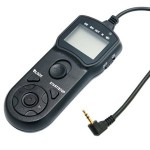
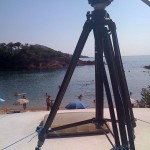
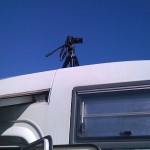

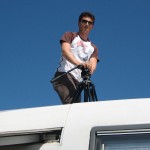
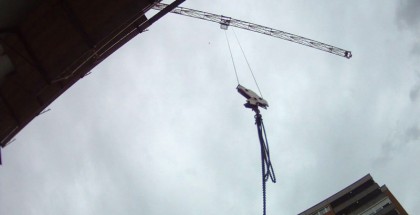
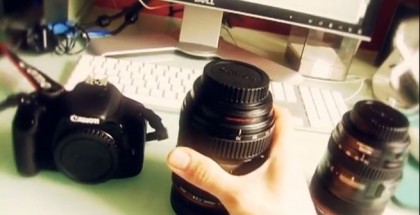
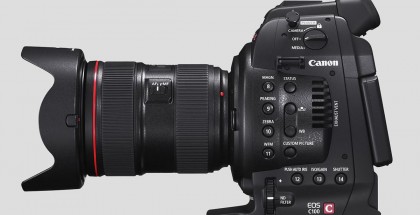
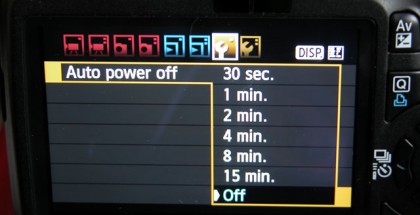
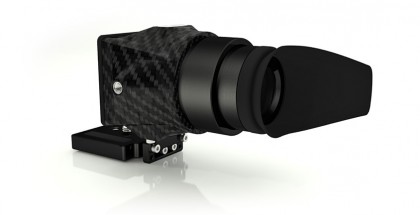
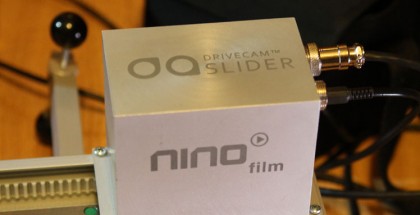
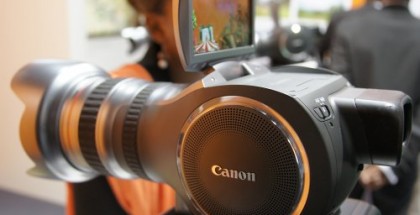













Comments